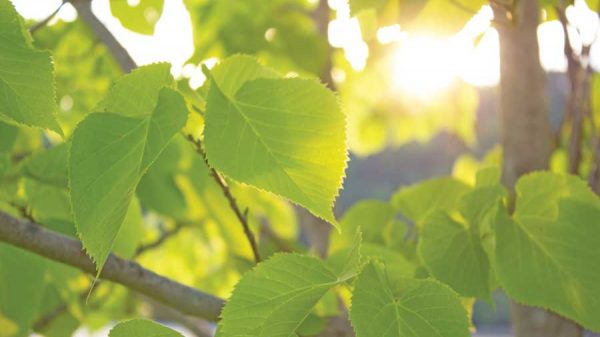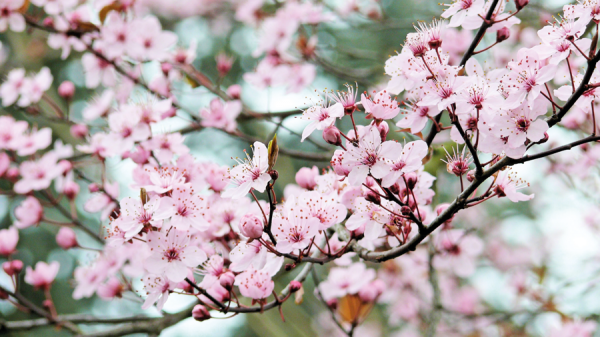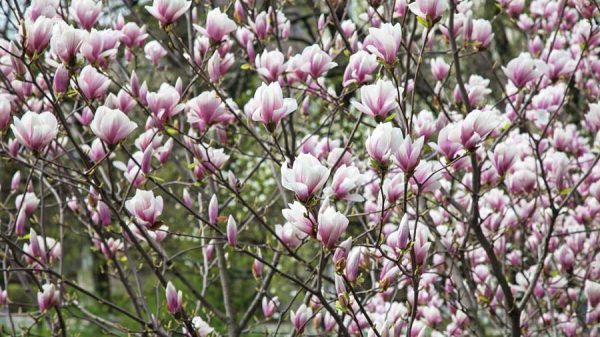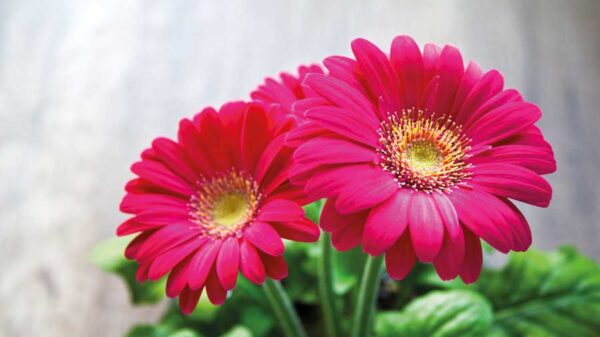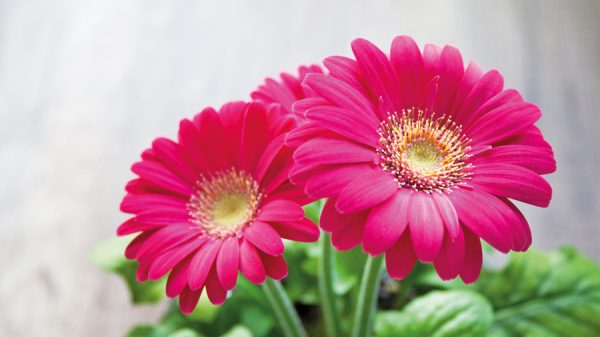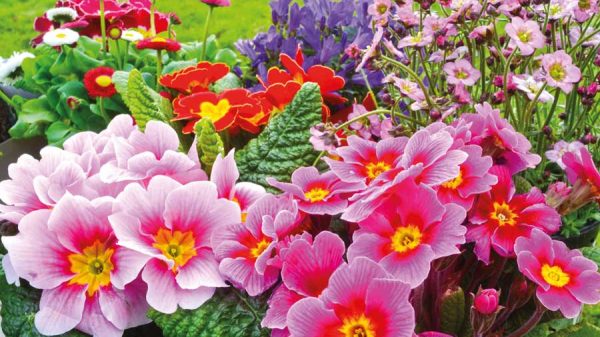‘Sow it, Pot it, Grow it’.
A term familiar to all gardeners, ‘Sow it, Pot it, Grow it’ has never been more relevant to our current situation.
This call to garden is not new, whether growing vegetables and fruit for healthy eating or flowers to lift the spirit. There has never been a better reason to have a go.
Gardeners are optimists, who would take a grain of seed and set out to grow a cabbage or cauliflower, tomato or carrot? If nothing else the mere act of having a go will help give focus, purpose and positivity, so come on ‘grow a smile’.
Where to start, well first of all, you don’t need a garden. The smallest of outside spaces, a balcony, a step or even a sunny windowsill will do, and a few containers, (we are not planting acres of land). You may not be able to produce enough to sustain the family but the process will help lift the spirit and hopefully provide a treat. Who knows it may be the start of a new hobby.
There must be a dusty old gardening book somewhere in the house, a remnant from a family relation or an impulse buy in times when ‘The Good Life’ was a must watch TV programme, search it out – the information it contains is still as relevant today as it was all those years ago.
It may seem obvious but the first decision is to choose the right container. Deep rooting plants like carrots and parsnips will need deep containers, whereas salads such as mixed leaves, lettuce, radish and most herbs will be fine in what we call standard pots. A deep pot is one that is two to three times deep as it is across the top, a standard pot is usually one and a half times as deep as it is across the top. I like terracotta (clay) pots for their aesthetic and natural quality, but if you like bright colourful or contemporary containers then go for it. Making your own wooden planters out of old pallet wood is also a good idea as you can make them to fit a certain space. I have seen carrots grown in an old toilet cistern and herbs in an old pair of boots so anything that will hold compost and allow excess water to drain away is good to grow.
A good quality compost will help guarantee success and whilst there are lots to choose from a good general purpose one is fine. If you are keen to use peat free then just bear in mind that in this, medium plants will need a little more watering and feeding.
Fresh seed is always more reliable, and most seed packets give guidance on how and when to sow, when they should be ready to harvest and whether they are suitable for sowing directly into the compost or sowing in a smaller container in a warm well lit place then transplanted as seedlings.
If the though of sowing seems a little scary then skip this step and buy young plants that are ready to pot up. Most garden centres and nurseries sell ‘Garden Ready’ or ‘Seedling’ plants from April onward, and given that you’re not planning to plant an acre of ground they are reasonably priced. I grow a mixture of home raised and ‘Garden Ready’ plants, and if we have a surplus we swap with friends.
Fill the container with compost to within about 2.5cm(1 inch) from the top and firm gently, practice sowing seed on a piece of paper on the dining room table before you attempt to sow directly onto the compost. The aim is to sow thinly, there is always much more seed than you really need, aim roughly for the seed to be about 10mm to 15mm (1/2 an inch) apart. Sowing too close can cause the seedlings to collapse and be more prone to disease. Some seed will need a light covering of compost whilst others need burying, check the packet. As the seedlings grow you may find they are a little close together, carefully remove alternate seedlings to give others space, these discarded seedlings can be washed and eaten in a salad.
If you are buying ‘Garden Ready’ plants then take care to space them out. Because you are using compost in a container they can be planted a little closer than you would in the garden as there is no competition from weeds and there is more nutrient in compost. With most vegetables, and especially salads, plants can initially be spaced a couple of inches apart and thinned as they develop, again the thinnings can be used in a sandwich.
In the early stages of growth ( first two weeks ) water carefully as too much water is as bad as not enough, aim for the compost to be damp not wet. As the plants grow you may need to feed with a general liquid fertiliser, this is particularly important when growing things like tomatoes, peppers or potatoes. With crops that mature in six to eight weeks (mainly salads) once they have finished simply scrape out the top two inches of compost, replace with fresh compost and start again.
If you have a small patio or balcony, position the pots so they are in a light sunny sheltered place. If your plot is a little shady then don’t be put off, it may take a little more time for the plants to mature but they will get there.
Learning a new skill may seem like a challenge, and you may feel that growing plants is too complicated, so let me try to dispel that myth. I have spent a lifetime in gardening and learn new things every day, that’s because I love it, my first success was at age 5, in my Grandfather’s garden, harvesting peas and eating strawberries, at that time you could have written my knowledge of gardening on the back of a stamp, but it didn’t stop me from having a go and of course eating the strawberries and peas. The key is to start with the easier crops, garden ready plants rather than seed, peas, lettuce, bush tomatoes, radish, and mixed salad leaves, and treat the task as an experience, a positive during a difficult time, something to lift the spirit and focus the mind.
If you feel daunted by the thought of growing food then why not try your hand at a container filled with flowers, something to cheer the heart and bring a sparkle of colour and texture to a dull corner.
Whilst much of the elements needed to start container growing are accessible via the internet, for those who are not accustomed to this mode of shopping, ask friends and family, there is also a growing and supportive local network of help out there but often the biggest obstacle is ourselves.
Good health and happy gardening,
Martin
(next month, it’s not too late to sow and plant, try something new and keep an eye on your fruit).
